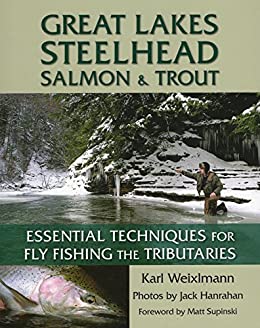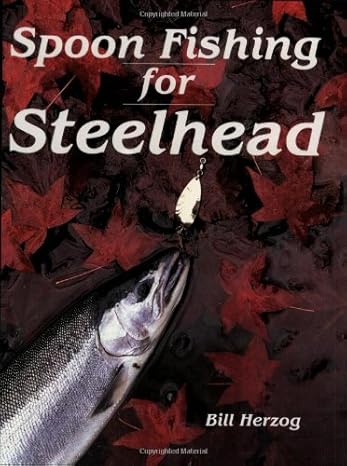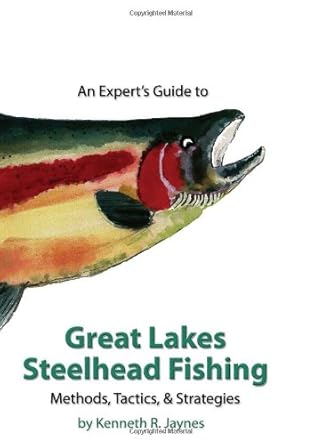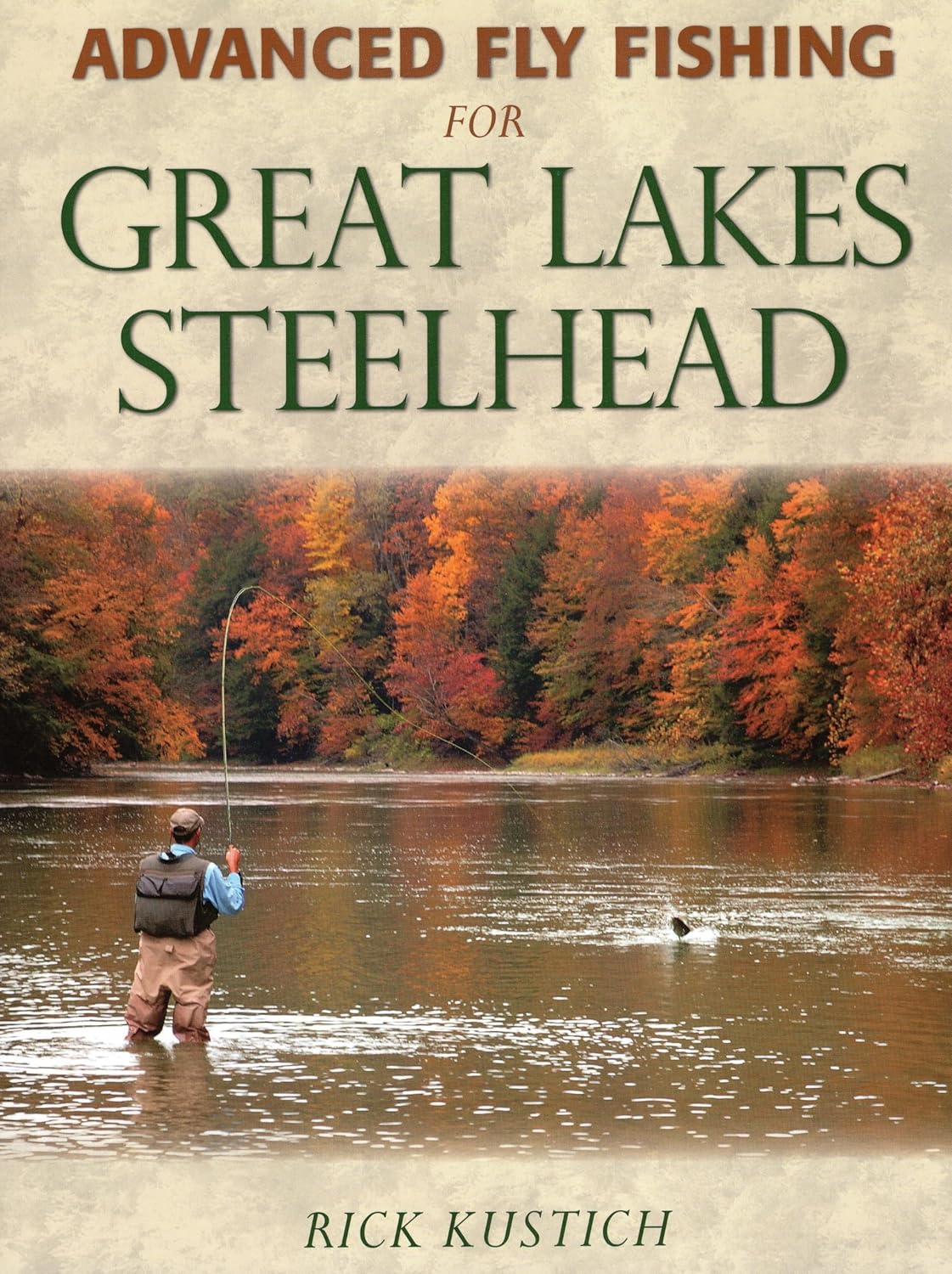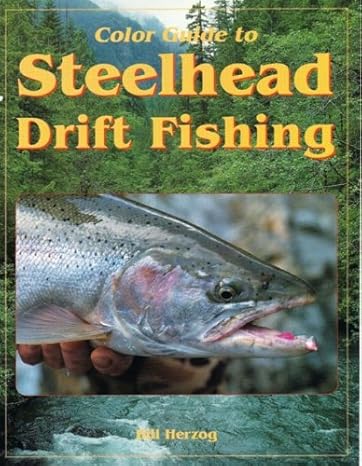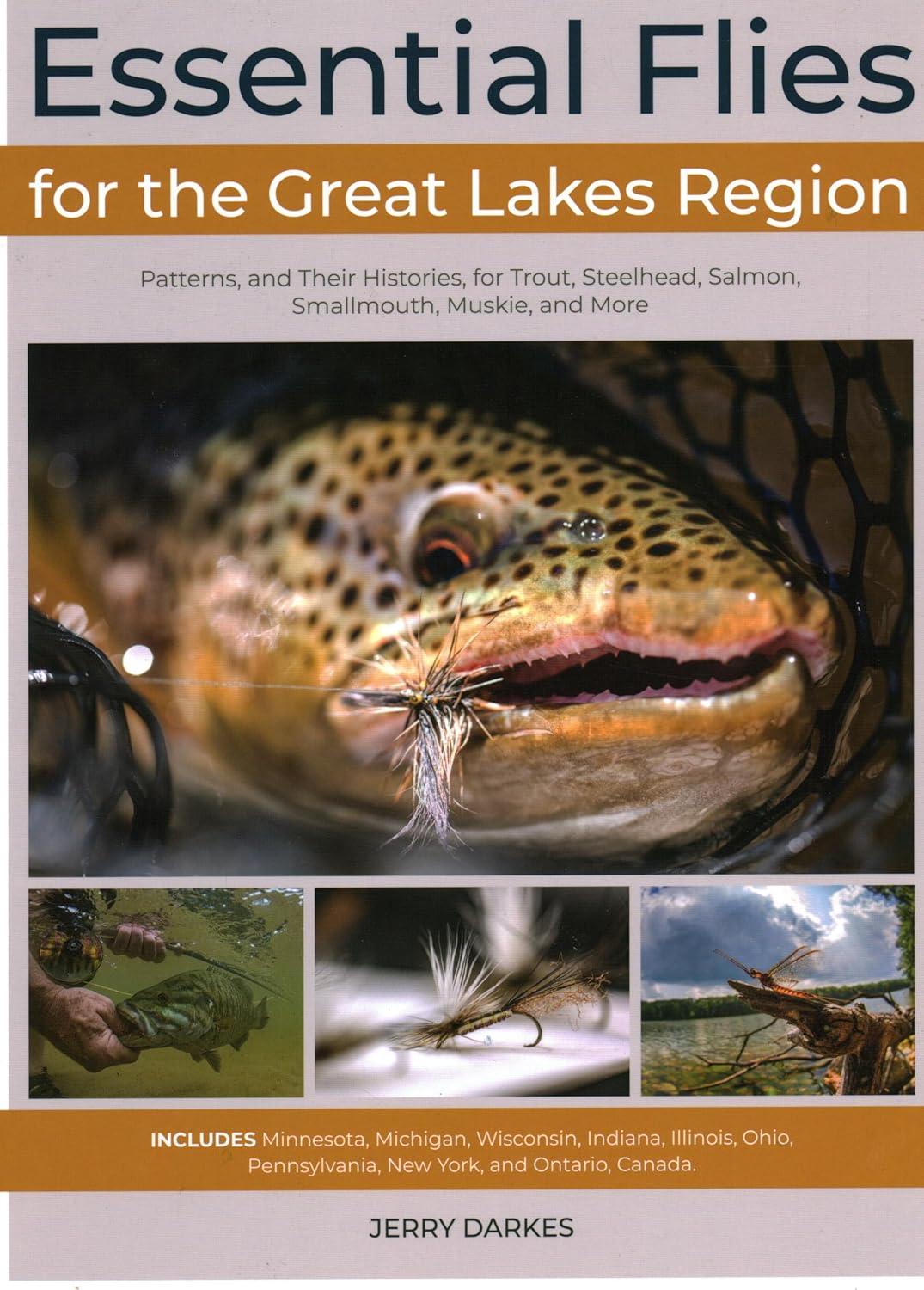Volunteers Welcome!
About the Fish Ladder

The Streetsville fish ladder is operated by volunteers from the Credit River Anglers Association in partnership with the OMNR. CRAA has operated the ladder since 1990.
The fishway is located on Private Property owned by Kraft Canada and access is granted from Kraft to MNR and to CRAA. CRAA would like to thank Kraft for their ongoing support allowing access to the fishway and dam under agreement with MNR.
How you can help!
If you would like to volunteer please stay tuned to the CRAA homepage for fishway operation updates, join our volunteer mailing list and sign up to help on the CRAA chat page (all links on CRAA home page).
CRAA’s long history (1990 to 2010 and forward).
Volunteers from CRAA have operated the Streetsville fishway since 1990 in agreement with MNR. Our volunteer commitment has been vital to ensuring wild trout and salmon production on the Credit River! Without thousands of volunteer hours every year the Credit River would not have a wild migratory trout fishery! We need your help too! This is all volunteer work so you can get involved and make a difference!
Every Spring, summer and Fall CRAA volunteers manage the Streetsville fishway to ensure fish are lifted and passed under the direction of MNR. In spring CRAA operates the ladder daily from ice out until late April, often for 30 or more days in a row. Volunteers are needed every evening so check out the CRAA chat board and come on out to hep! Chat board link: Click Here
During summer CRAA manages flows and operates the ladder as needed to lift smallmouth bass and Atlantic salmon. The recent returns of Atlantic salmon are a very exciting indication that the Credit River is returning to its former glory. CRAA looks forward to continuing our efforts in summer.
During the fall season CRAA operates the ladder based on water conditions. The fishway is either closed or blocked during chinook salmon runs so MNR and partners can collect chinook salmon eggs for the Lake Ontario stocking program. Once complete the fishway is reopened and monitoring is done. In the fall we lift Atlantic salmon, steelhead, brown trout and rare Coaster (migratory) brook trout.
Why is the fishway work vital?
CRAA not only lift the fish at Streetsville. We collect important physical data from the fish such as length, weigh, sex, fin clips, wild fish counts, tagging research, age analysis through scale aging, genetic samples, egg collection for the hatchery and adult transfers.
Most fish cannot jump or swim past the Streetsville dam to reach their spawning grounds so they must be lifted through the fish ladder. CRAA volunteers transfer all wild fish by truck and aerated tank another 30 km north past the Norval dam so the fish can access and spawn in prime nursery habitat!
What is a fish ladder?
A fish ladder or fishway is a structure where water flow is controlled through a series of smaller jumps or runs so fish can pass a larger barrier such as a dam or waterfall. The Streetsville fishway has five small jumps (35 cm) allowing all jumping fish a chance to pass the dam. The fishway may be modified in future to a denile structure which allows all non jumping species past.
CRAA’s Fishway Upgrades
CRAA has made many upgrades over the years of operation, usually in response to a need for improvement discovered during our regular operation. Upgrades include past changes to the channel, adjusting jumps, addition of a storage hut, adding/building new screens and dozens of little things that make the operation run smoothly. There are however, two projects that stand out as having a profound effect on the success of the ladder.
The first is the new entrance that CRAA designed and built in the Fall of 1997. After several years of petitioning the MNR we were given permission to make the changes. With the aid of a back hoe a new entrance was excavated that would bring the fish ladder flow to the base of the dam. Prior to that the ladder entered on the edge of the river about 30m below the dam so many fish would never find the entrance. The new entrance proved to be the singe greatest improvement that could be made, with 99.5% of steelhead now finding the ladder (only 10% to 20% found it before). The MNR made more permanent changes in 1999 using larger boulders.
The second important change was the addition of two new jumps, bringing the total number to five and reducing the average 18″ jump to 12″. This allowed steelhead to enter the ladder in colder water (4.0 C) and improved the speed and success of fish passing through the entire structure. It also made access for smallmouth bass much easier. CRAA volunteers built two new jumps and installed them in March, 1998. Following these two major changes we broke every record at the ladder in terms of steelhead, with lifting over 300 in a single lift, largest fish and all with minimal stress on the fish.
